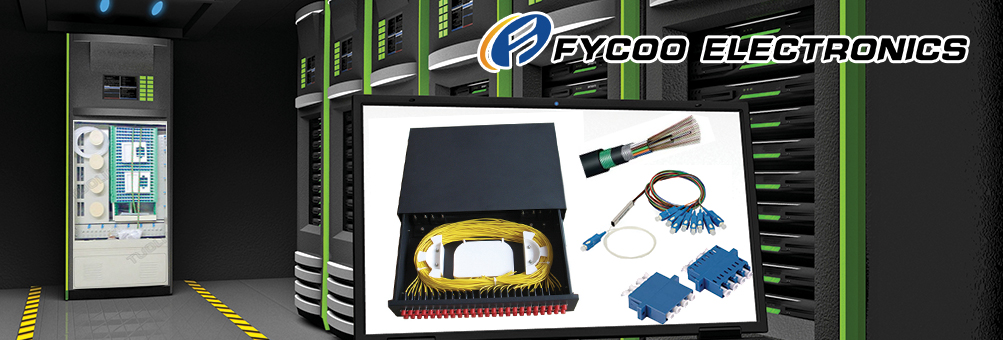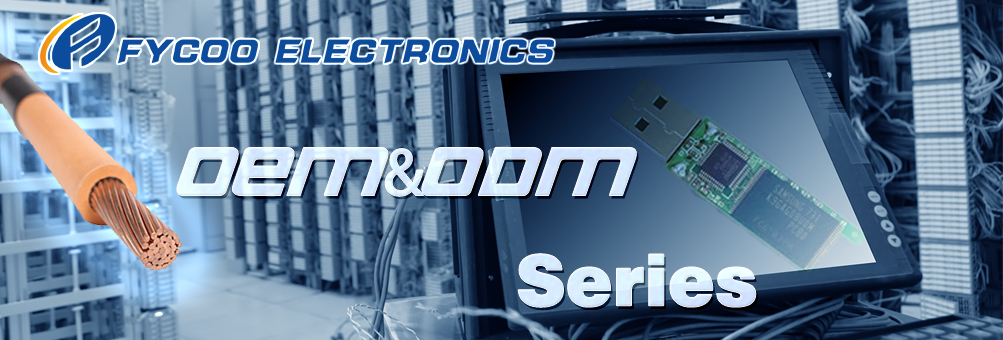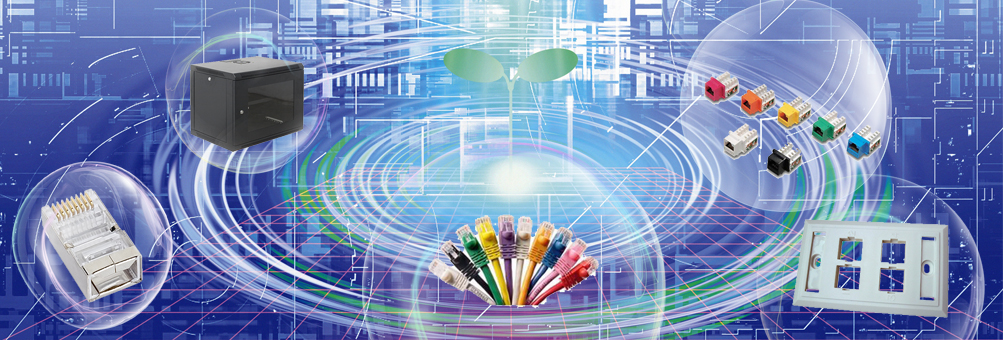When it comes to developing faster computers, Intel has seen the light.
The chipmaker recently launched a new effort inside its Microprocessor Research Lab aimed at examining a move from using aluminum and copper wires for moving data inside computers to using fiber-optic strands. Fiber could be used to connect components, researchers say, but it could also eventually replace wires inside chips.
Power and speed are the main motives. Designers are faced with the conflicting goals of shrinking chips and simultaneously adding more transistors to boost performance. Adding transistors means increasing the electricity required to run a given chip. Unfortunately, shooting more power through a smaller chip increases signal interference, cuts down on battery life in notebooks and leads to more manufacturing defects.
Optical connections, which use laser light beams rather than electrical impulses to transmit signals, could solve some bottlenecks because they can run on less power. It won't be cheap or easy, but it might become the lead alternative. Other companies are also looking at organic connections.
"There are barriers for how much you can lower the voltage," said Bill Pohlman, CEO of Primarion, a chip designer working on ways to integrate optical fibers into semiconductors. "We're talking about a billion transistors on a chip operating at a half a volt at well over 10GHz."
In addition to requiring less power, Fiber is also faster. Copper wire, the current medium for connecting PC components, offers data transfer rates of about 10gbps (gigabits per second), and Intel expects rates to reach 20gpbs over the next few years.
The speed increase will buy time for copper, but optical interconnects will run at 30gbps to 60gbps.
Hitting the wall
The optical push comes as part of an industry-wide concern about the future of processor design. For years, manufacturers, obsessed with performance, added transistors and boosted clock speed. Now however, the industry is butting up against the laws of physics. Transistor bloat is creating a situation where extreme amounts of power are being corralled into tiny spaces, and this puts pressure on the interconnects.
"Although it's much less publicized, as megahertz rises, signaling (the speed at which interconnects can share data) has to keep track with it," said Wilfred Pinfold, technology director for Intel's MRL. "It's been an ongoing and important focus in the lab to keep signaling moving forward."
Intel researchers, as well as analysts and other industry sources, believe optical interconnects could begin to replace copper for data transmission between computers and computer components over the next five to seven years.
Initially, fiber research will go into looking at how to link PC components over short distances. Then it'll delve into smaller components.
"We will be pushed to develop optical interconnects," said Pohlman, who also used to be an Intel executive.
"Optical is attractive to me because bandwidth can be dramatically scaled to (follow) Moore's Law," Pohlman said. "Buses of 30gbps per sec and 60gbps will be possible." Moore's Law states that the number of transistors on a microprocessor doubles approximately every 18 months.
Chip change
Connecting components is only one application for fiber. Over the longer term, possibly 10 years, optical interconnects could also work their way into processors themselves, wherecopper wiring is just starting to become standard.
"Definitely, the power handling and optical interconnects are the two biggest issues" facing chip designers, he said.
Additionally, in laying down fiber, the industry could leverage its years of experience in making chips out of aluminum wires.
"Its easier to do optical structures in aluminum than in copper," Dougherty said. And both Intel and rival Advanced Micro Devices have a lot of expertise in this area.
But Pinfold called optical's move into internal chip interconnects, which link transistors, "controversial" at the moment. That's because it's cheaper to run a number of copper wires than a single optical fiber, because of the cost and complexity of adding a laser on one end and a receiver on the other to transmit optical signals.
But optical connections could be used in areas such as clocking to help eliminate the electrical clocking delays present in current chips. It could also be used where circuits need complete electrical isolation.
"We have not yet come to a position where we need to use either of those, but we're certainly looking at them for the future," Pinfold says. "Somebody has to show me what the compelling reason is to do it. On-chip (optical) is never going to be substantially cheaper than with copper."
Price factor
Pohlman agreed that cost is a major limiting factor. "The holy grail is low-cost electrical-to-optical conversions," Pohlman said.
Optical interconnects are bound to cost more than copper wiring because of the cost of manufacturing the lasers and receivers needed to translate data from an electrical signal, send data over the fiber and translate it back.
But costs have come down over time, pushing fiber from long-distance communications to metropolitan networks. More recently, companies have begun using optical for local area networks, the small-scale networks used internally by businesses. The Cahners In-Stat Groupreports that optical networking is growing at a compound annual rate of 42 percent.
Much more work needs to be done, however, to make optical connections cheap enough for widespread use inside computers.
"A lot of research is going into lower-cost lasers, lower cost-receivers," Pinfold said.
Miniaturizing these components and manufacturing with readily available processes will be a major undertaking for Intel and other companies.
Standard procedure
One way to reduce cost will be to create a way of manufacturing lasers and receiving equipment using CMOS, Intel's standard silicon chipmaking technology.
Several universities, including the Massachusetts Institute of Technology, Stanford University and the University of Surrey, are working on creating CMOS lasers.
"It's still a long way off because of its cost issue," Pinfold said. For that reason, the "crossover is still fuzzy."
Breakthroughs in copper could push optical out even further, he said.
However, optical connections are almost inevitable, said Tony Massimini, analyst with Semico Research.
"The question is not 'Will it happen?' It's 'When?'" Massimini said. "We're talking about mainstream, high-volume production. And it's going to take a number of years to get to that point. It's one thing to have something working in the lab. It's another thing to do it in mass production."
Though he says it will likely take five to 10 years for optical connections to work their way from networking separate computers down to connecting elements inside a chip, Massimini sees the optical transition as an inevitable one.
"We'll see that the first uses of it will be chip-to-chip on a board. Once people start working with that...the next step is to use it internally" inside a chip, he said. It's always a question of when. But certainly something like this, when it starts, it's like a snowball...It starts slowly, then hits a critical mass."
CNET News.com's Michael Kanellos contributed to this report
.
- Home |
- About Us |
- Products |
- New products |
- Service and support |
- News |
- Jobs |
- Contact Us |
- Download |
- Sitemap






